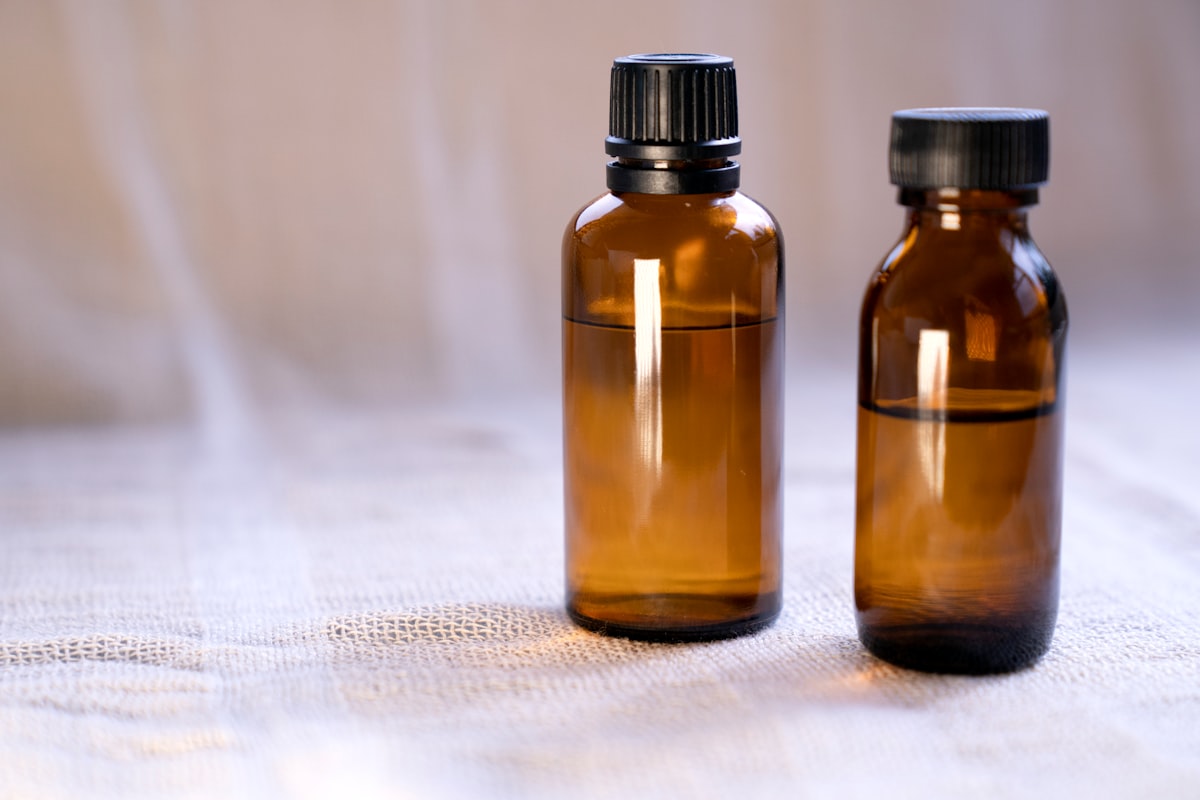Ditching The Toxins In Your Kitchen

A case for cast iron and glass
In our modern world we are inundated with toxins, chemicals, pollutants, and so on. Sometimes it feels overwhelming and expensive when you think about all the ways you should be avoiding chemicals. I have 2 easy swaps that won’t break the bank either.
Should you ditch plastics?
Here are some facts on plastics according to the International Institute for sustainable development. “Plastics contain and leach hazardous chemicals, including EDCs, which disturb the body’s hormone systems and can cause cancer, diabetes, reproductive disorders, and neurological damage in fetuses and children. Plastic containing EDCs is used in construction, food production and packaging, cookware, children’s toys, furniture, home electronics, textiles, automobiles, and cosmetics, among other common items.”
Often we use the reusable bowls for storage and heating up food. After a while the plastics start to break down which can leach chemicals into your delicious marinara sauce. It’s time to ditch the plastic because not only is it not great for our collective health, it’s also not great for our environment. If you’ve not seen the impact of plastics, check out the Texas size landfill floating in the Pacific ocean.
Why is glass so great?
Glass is non-toxic, generally not associated with a negative impact on your health. Glass, unlike plastic, does not contain any harmful chemicals. So, nothing can leach into what you’re consuming from a glass bottle.
When glass is recycled it gets turned into more glass, because it can be recycled over and over and never lose its integrity. Plastics lose their integrity with each use, and thus aren’t truly recyclable.
You can reuse your glass containers, bottles and jars over and over. In addition to not having to worry about the leaching of toxic chemicals from plastics, glass is durable and stands the test of time. You can walk into most thrift shops or antique malls and find a multitude of cups, jars, and containers for less than the cost of new, disposable plastic containers. One last selling point, glass is beautiful and it looks great on shelves & in pantries.
But, I’ve always used teflon.
With teflon pans, the danger begins when it overheats. How hot is too hot? “At temperatures above 500ºF, the breakdown begins and smaller chemical fragments are released,” DuPont, inventor and manufacturer of Teflon, agrees that 500°F is the recommended maximum for cooking. The issue with teflon is that it can get too hot too quickly causing the chemicals to start the breakdown process. It’s also easy to scratch which may break down the bonding of the teflon giving way to release more chemicals into your food.
What makes cast iron so great?
Cast iron can take the heat! They are great for searing at high temperatures and won’t give off any toxic chemicals the way teflon can.
The durability of cast iron is legendary! I’m using the cast iron skillet that my mom used most of her adult life and for my whole life. I won’t give anything away but I will say that this pan is old! Which makes another added bonus of cast iron, they can be handed down for generations. Cast iron is virtually indestructible and easily restored if mistreated.
Cast iron’s ability to develop a nonstick coating also makes it super versatile. A well-seasoned cast-iron skillet can become just as non-stick as an aluminum or stainless-steel pan and will definitely outlast them.
Lastly, you can easily find cast iron skillets at antique malls, garage sales, thrift shops and regular groceries and department stores. One pan can last you your entire life and you can’t say that about teflon.
300-Mile Swim Through The Great Pacific Garbage Patch Will Collect Data On Plastic Pollution
Household Plastic Products Disrupt Endocrine System, Threaten Human Health
